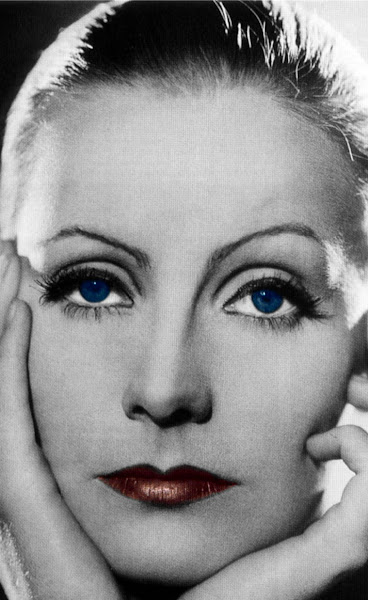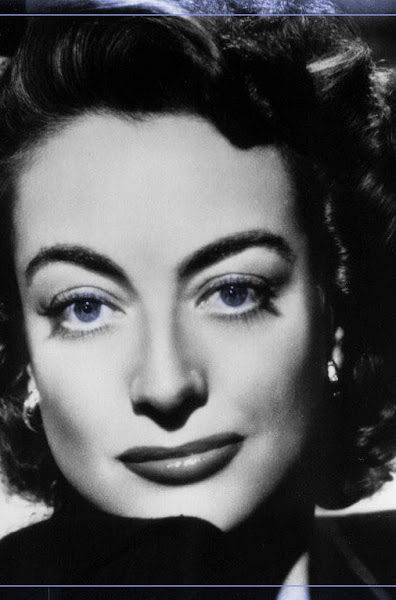 **** out of ****
**** out of ****
It should come as no surprise that the mid-80s DC Comics maxi-series that redefined the medium of comic books would later become the film that would (re-)revolutionize the superhero genre. Hot on the heels of last summer’s epic blockbuster, “The Dark Knight,” “Watchmen” may actually eclipse it in terms of visual style, plausible narrative drive, and density. Though “The Dark Knight” is notably more elaborate than most “superhero movies,” incorporating the feel of a crime drama, “Watchmen” has a more stylized look, like a colorized version of “Sin City,” but also embracing “a bit of the old ultra-violence” and philosophy of Kubrick’s “Clockwork Orange.” While the conflicts in “The Dark Knight” seem created at will to keep the film moving, the conflict of “Watchmen” builds slowly into a mind-blowing climax. If “The Dark Knight” was almost perfect, “Watchmen,” supported by the brilliant original story by Alan Moore (who requested to be uncredited) and Dave Gibbons and sharp direction of Zack Snyder (“300”), is a masterpiece.
But it was a masterpiece that almost never saw the light of day. “Watchmen” festered in “development hell” for twenty years, falling into the hands of several studios, screenwriters, and directors before finally settling into Warner Bros. with Snyder at the helm. While others had tried to interpret “Watchmen” in different times and settings with occasionally different events, Snyder emphasized integrity to the original comic book series and made, for all intents and purposes, a faithful adaptation. The story remains the same—former non-powered, costumed adventurers find themselves being killed off one by one while the world hinges on the brink of nuclear destruction in a Cold War-ridden alternate 1985. Snyder tweaks things here and there, though. He removes the “Under the Hood” texts and the vignette “Tales of the Black Freighter” but does allude to them briefly, and he cleverly streamlines the story of the first team of heroes, the Minutemen, by a montage of alternate American history in the credit sequence. Otherwise, he adapts the comic book—often word-for-word and image-by-image—to the screen. Putting a comic book on the screen could cause the story to retain the two-dimensional feel, but “Watchmen” is far from flat. It lives because Snyder realizes that film is a medium all its own, just like comic books, so he uses the specific powers of film to make the story even more visually real and compelling. For example, the film’s climax (of which you “Watchmen” readers are well aware) made me feel literally suffocated, whereas the images from the comic book were striking but unaffecting. In general, a good deal of the (literally) graphic, violent images of the comic book transferred with unprecedented intensity to the screen.
Meanwhile, whoever chose to steer clear of the “big names” in casting made an excellent choice. Jude Law, Tom Cruise, and Keanu Reeves had all, at one point, been attached to the film in its various stages of development, but thankfully, a casting director realized “the star system” would be too heavy for “Watchmen,” detracting from its unbelievably complex story. All of the main actors personify their characters well, but the real star of the film is Jackie Earle Haley as Rorschach. If the Academy is going to nominate and endow Heath Ledger with an Oscar for his work as the Joker in “The Dark Knight,” then they must consider Haley for his work. Though hidden under his mask for most of the film, Haley embodies the mysterious, shrewd detective so well that his performance frighteningly reproduces the character. He effaces emotion, but he contains it, as he is sickened by the morally devoid world around him. (Moral ambiguity festers from start to finish in “Watchmen,” and the horrifying conclusion rests on this potent theme.) The computer-animated blots on Rorschach’s mask are a nice touch on the part of visual effects—they help viewers (attempt to) read him even if they cannot see his face. Anyway, the performance is seamless and anyone would be hypocritical to recognize Ledger's contribution to a “superhero movie” without acknowledging Haley's equally admirable work.
Interpreting this “superhero movie” on a greater scale, the whole genre can never again be snubbed or rebuffed as amateur. “The Dark Knight” was the herald, but “Watchmen” is the tower. “Watchmen” transforms the laughable “hero saves the world with no real story” film (a.k.a. “X-Men”) into a masterpiece of visual, narrative, psychological, and philosophical sharpness. “Watchmen” is going to be loved, first and foremost, by the fans of the comic book series/graphic novel. However, this does not mean that the film itself (all 163 minutes) is incapable of being digested by people new to the story. The fights would at least capture the interest of action film junkies, and the story still has bite in today’s post-9/11 world. The film is brutally graphic, but the visuals are so alive that they pack more wallop than even that pencil scene from the “The Dark Knight” did. Again, if you thought “The Dark Knight” was something to see, then you should see “Watchmen.”
Originally published (in abridged form) in the March 11 issue of Versus Magazine: Entertainment & Culture
March 11, 2009
Watchmen
Subscribe to:
Post Comments (Atom)

.jpg)

.jpg)
.jpg)

No comments:
Post a Comment